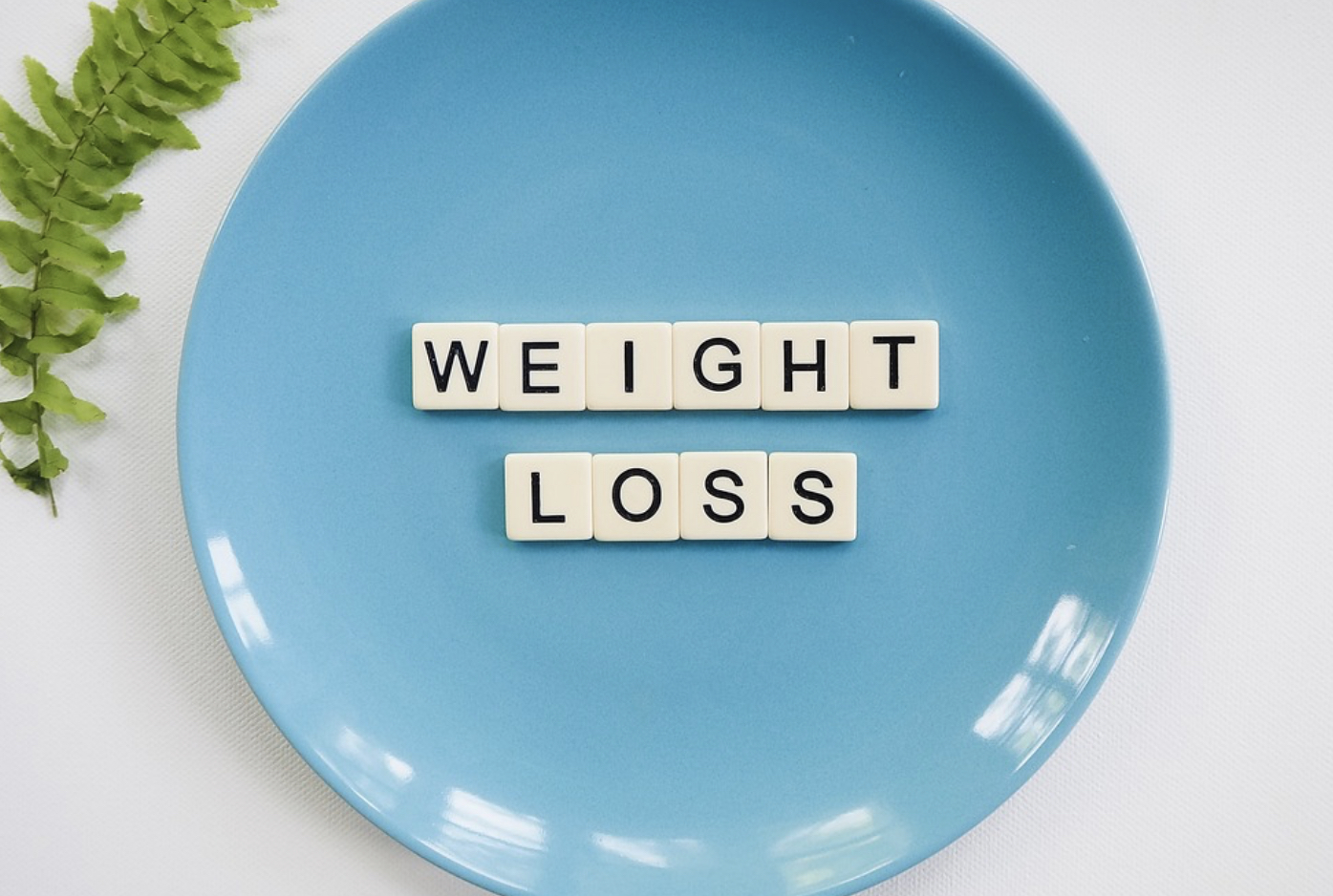
Am I too fat to ride a bike? No one is “too fat” to ride a bike! Biking is a fantastic form of exercise that can be enjoyed by individuals of all sizes.
It’s a low-impact activity that can help improve cardiovascular health, strengthen muscles, and boost your overall well-being. Bikes are designed to support different weights, and there are various types of bicycles available to ensure comfort and safety.
Remember, the most important thing is your enjoyment and the benefits you’ll gain from cycling, regardless of your body size. So go ahead, grab a bike, and embark on a journey of fun, fitness, and self-discovery!
Here is what you need to know to ride a bike at any weight:
Can you ride a bike if you are over the weight limit?
Yes, sort of. You can still ride certain bikes if you are over the weight limit specified by the manufacturer but not lightweight carbon racing bikes. Go for heavy duty frames and wheel sets especially if you are north of 250 pounds.
Here are a few important considerations to keep in mind:
- Choose the Right Bike: Look for bikes that are designed to handle higher weights. Many manufacturers produce bikes with sturdy frames and components that can accommodate heavier riders. These bikes are often labeled as “heavy-duty” or “strong frame” models.
- Check Tire Pressure: Proper tire pressure is crucial for supporting your weight and ensuring a smooth ride. Make sure your tires are inflated to the recommended pressure levels to prevent issues like flats and discomfort.
- Frame Strength: Opt for bikes with strong and durable frames, as they provide better support and stability. Steel or aluminum frames are often better suited for heavier riders than lightweight materials like carbon fiber.
- Wheel Strength: Wheels should also be strong enough to handle the weight. Consider choosing wheels with a higher spoke count, as they can distribute the load more effectively.
- Professional Assessment: If you have concerns about bike selection or safety, it’s a good idea to consult with a professional at a local bike shop. They can recommend appropriate bike models and adjustments based on your weight and riding preferences.
Remember: although no one is too fat to ride a bike, safety should always be a top priority.
It’s advisable to consult with a professional(or knowledgable friend) if you’re uncertain about bike selection or modifications.
Can a 300lb person ride a bike?
Yes, a person weighing 300 pounds can definitely ride a bike. However, there are a couple of important factors to consider to ensure a safe and comfortable experience:
- Look for bikes that are specifically designed for heavier riders. These bikes often have stronger frames, reinforced components, and higher weight capacity. Consider opting for a mountain bike, hybrid bike, or a cruiser with a sturdy build.
- Make sure to check the weight capacity of the bike you’re considering. Most manufacturers provide weight limits for their bikes. Choose a bike that comfortably accommodates your weight.
Do heavier cyclists go faster?
In general, the speed of a cyclist is influenced by several factors, and while weight plays a role, it’s not the only determining factor. Heavier cyclists might have certain advantages and disadvantages when it comes to speed, but the overall relationship between weight and speed is not as straightforward as it might seem.
Advantages of Heavier Cyclists:
- Downhill Speed: Heavier cyclists might have an advantage when going downhill, as their greater mass can contribute to higher momentum and potentially faster speeds. However, this advantage is limited by factors like aerodynamics and road conditions.
- Power on Flats: Heavier cyclists might generate more power on flat terrain due to their greater muscle mass. This can be advantageous when pedaling against resistance, such as wind or rough surfaces.
- Stability: A slightly higher weight can contribute to better stability, especially in windy conditions.
Disadvantages of Heavier Cyclists:
- Climbing: Heavier cyclists often struggle more on uphill climbs due to the increased effort required to lift their own weight against gravity. Gravity has a stronger effect on a heavier cyclist, making climbing more challenging.
- Aerodynamics: Heavier cyclists might have a disadvantage in terms of aerodynamics, especially when riding at higher speeds. More weight can create more air resistance, which can slow down a cyclist.
How do I know if I’m too heavy for my bike?
Can a 100kg man ride a road bike?
However, there are certain considerations to keep in mind if looking at ultra light race bikes like the wheel and frame weight limits.
Will cycling help me lose weight?
Yes, cycling can be an effective form of exercise that can help you lose weight, especially when combined with a balanced diet and a healthy lifestyle. Bigger cyclists use more calories when cycling which can be an advantage if weight loss is your goal.
Cycling is a cardiovascular activity that burns calories, increases your metabolic rate, and can contribute to a calorie deficit, which is essential for weight loss.
How much does weight slow you down cycling?
Weight can have an impact on cycling speed, but the effect is not always straightforward and depends on various factors.
The relationship between weight and cycling speed involves considerations such as the terrain, riding conditions, aerodynamics, power output, and the type of cycling you’re doing (e.g., leisurely riding, racing, commuting).
Here are some ways weight can influence your cycling speed:
- Climbing: Heavier cyclists might find uphill climbs more challenging due to the increased effort required to lift their weight against gravity. Gravity affects a heavier cyclist more significantly, potentially leading to slower climbing speeds compared to lighter cyclists.
- Acceleration: Heavier cyclists might take slightly longer to accelerate from a standstill or after slowing down due to the increased mass they need to move. This can be noticeable in situations that require quick bursts of speed, such as sprinting.
- Downhill Speed: Heavier cyclists might have an advantage when descending hills due to their greater mass contributing to higher momentum. However, other factors like aerodynamics and road conditions also play a role.
- Flat Terrain: On flat terrain, weight has a relatively smaller impact on speed compared to climbing or accelerating. Heavier cyclists might generate more power due to their greater muscle mass, potentially leading to higher speeds on straightaways.
- Aerodynamics: Aerodynamics become increasingly important at higher speeds. Heavier cyclists might experience slightly more air resistance due to their larger surface area. However, proper riding posture and clothing can help mitigate this effect.
- Power Output: Cyclists generate power by pedaling. Heavier cyclists might need to exert slightly more effort to maintain a certain power output, which can affect speed, especially on climbs and against resistance.
- Overall Fitness: A cyclist’s fitness level plays a significant role in speed. A fit and heavier cyclist might outperform a lighter but less fit cyclist in many scenarios.
- Riding Style and Skill: Skillful and efficient riding technique can counteract some of the speed effects of weight. Proper use of gears, smooth pedaling, and understanding how to tackle different terrain can influence speed.

Biking is a wonderful activity that caters to people of all shapes and sizes.
“Belief in yourself and your cycling goals is the ignition switch that gets you off the sofa and onto your bike.” -Felicity Luckey






